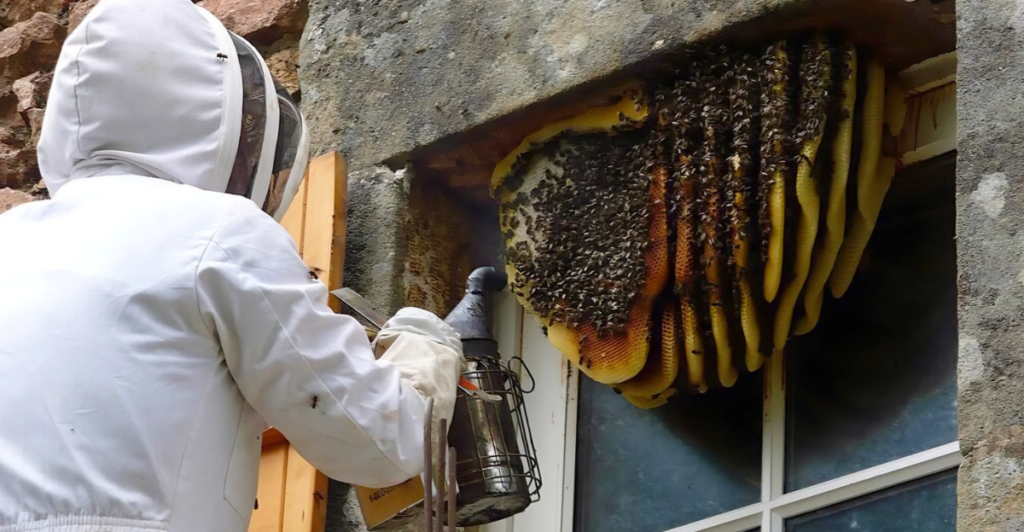
Don’t get us wrong, we’re pro-bees over here. But also, we don’t want them hovering over our mocktails. When bees start gatecrashing your backyard BBQ or scouting your patio like it’s a potential hive site, it’s time to draw a line. The goal isn’t to banish them forever—it’s to gently suggest they find somewhere else to go.
And lucky for you, beekeepers know exactly how to do that. We’re talking about subtle, natural methods that say “not here.” So whether you’re dealing with a few curious scouts or a full-blown bee rave, here are 10 ways to reclaim your yard—no stings attached.
1. Peppermint, Basil, and Citronella = Bee Dealbreakers
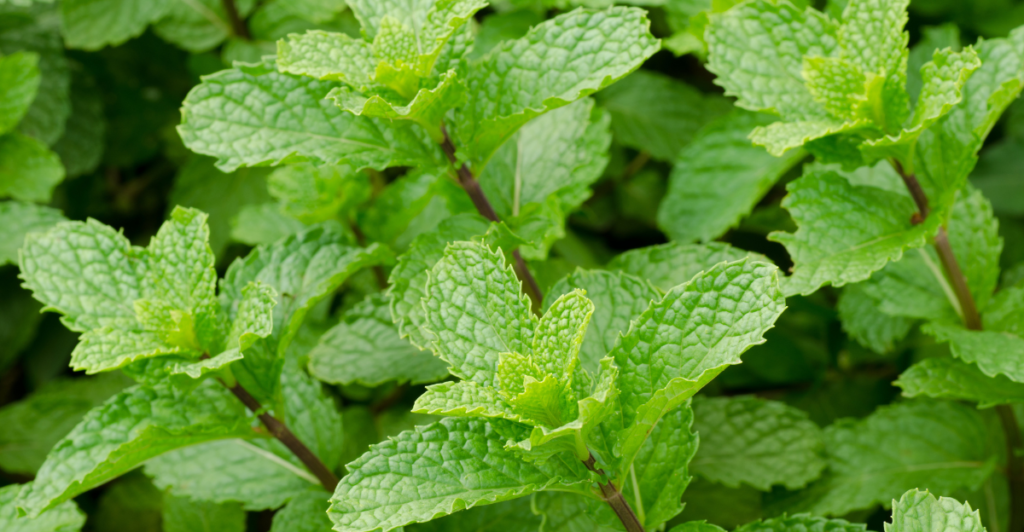
Let’s start with your first line of defense: plants that smell amazing to you but not so good to bees. Peppermint? Basil? Citronella? It’s a hard pass for bees. These herbs naturally repel bees thanks to their strong aromas, so plant them generously around patios, doorways, and picnic zones.
Not only will your space smell like a fancy garden café, but you’ll also keep bees from mistaking your party for a flowerbed. Bonus: these herbs double as cooking ingredients and mosquito deterrents. That’s triple-duty protection. A few pretty pots of these bad boys and your natural barrier is set.
2. Essential Oil Sprays That Smell Like ‘Back Off’
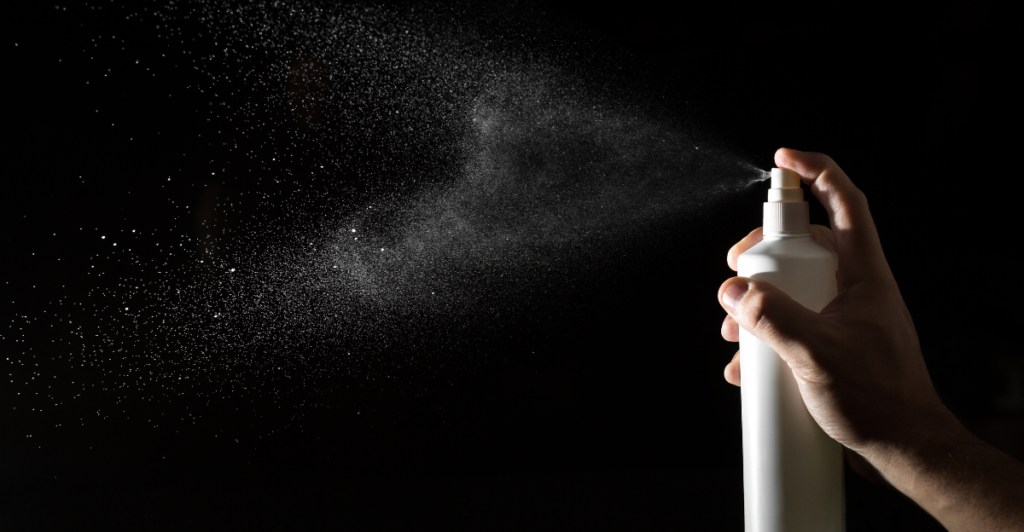
No need for harsh chemicals—just a spray bottle, some water, and essential oils that bees cannot stand. Combine two cups of water with a tablespoon of witch hazel or vodka (helps it stick) and add 10 drops each of peppermint, citronella, clove, and eucalyptus oil.
Shake it like you mean it, then spritz around seating areas, railings, and door frames. It’ll smell like a spa to you, but to bees? It’s a sensory overload that tells them, “keep it moving.” Reapply every few days or after rain for maximum effect. Safe for humans, rude to bees. Perfect.
3. Wear Neutrals—Not a Bee Buffet

Bees are visual creatures, and bright colors scream “nectar alert.” If you’re wearing sunny yellow or floral patterns, don’t be surprised if bees mistake you for a snack. The fix? Go minimalist.
Whites, tans, beiges, and soft earth tones don’t register as flowers, so bees will be way less interested. The same goes for your outdoor decor—ditch the tropical-print cushions and neon tablecloths. Neutral is your new armor. It’s the easiest style tweak ever, and suddenly, you’re invisible to every wandering winged guest. Chic and strategic? We love that for you.
4. Food + Sugar = Bee Frenzy (So Cover It!)
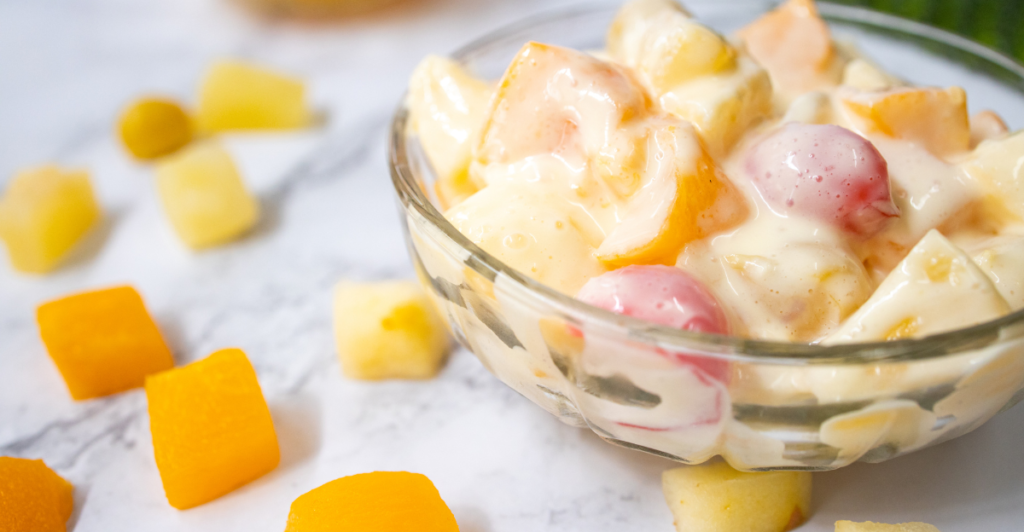
Bees have a sweet tooth, and your outdoor snacks are basically bait. Lemonade, barbecue sauce, fruit salad—it’s all irresistible. So cover. That. Food. Use mesh domes, upside-down plates, or sealable containers to keep meals bee-free.
Wipe down spills fast, and for the love of outdoor peace, don’t leave soda cans lying open. Even an empty one can attract bees with the sticky-sweet residue. Keep things tidy, sealed, and boring to bees. The less temptation they see (or smell), the less likely they are to crash your dinner party.
5. Standing Water = Bee Spa Day (Shut It Down)
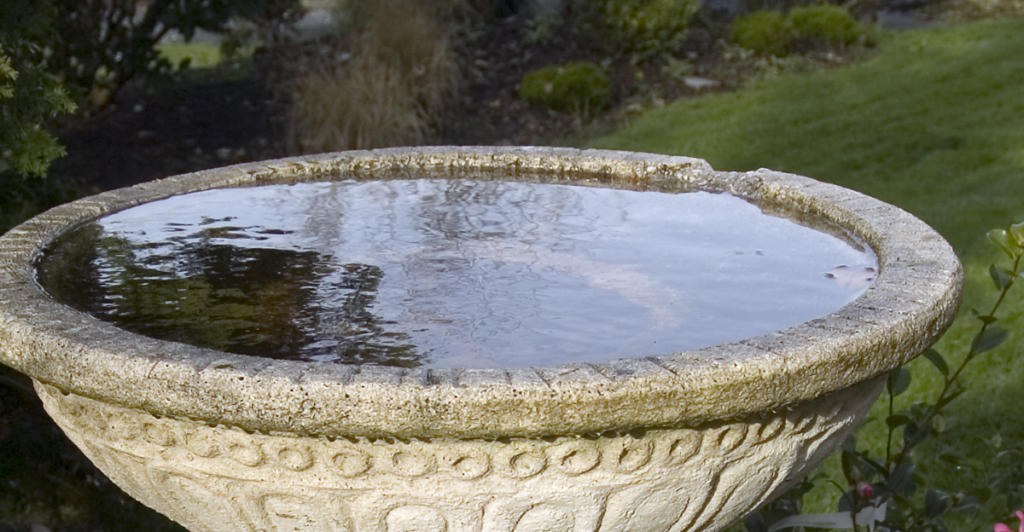
Bees need water for drinking and hive cooling, and they’re not shy about visiting your yard to get it. Birdbaths, pet bowls, clogged gutters—even that saucer under your potted plant? All of it screams “hydration station.”
Remove standing water or refresh it daily to keep bees from turning your space into their favorite hangout. If you love a water feature, go with one that has movement (like a bubbler or fountain), which makes landing harder. No stagnant water, no uninvited guests. Easy.
6. Vinegar Spray = Subtle Repellent With Bite
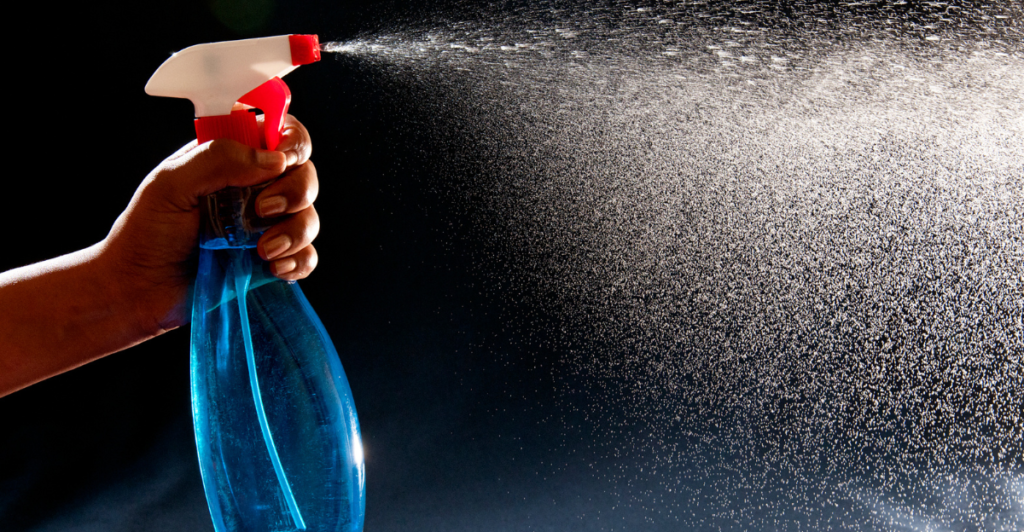
Want a no-nonsense, zero-chemical way to tell bees to back off? Vinegar is your girl. Mix equal parts white vinegar and water in a spray bottle and mist it around deck railings, patio edges, and fences. Bees hate the smell—it interferes with their foraging instincts—and they’ll leave fast.
It’s a temporary fix, so reapply every few days or after rain. Just don’t spray it near flowers, plants, or anywhere you want pollination. Use it for human zones only. Bonus: it doubles as a natural weed killer and cleaner.
7. Cinnamon—Because Bees Can’t Handle the Spice

Cinnamon may be a cozy kitchen staple to us, but to bees? It’s a giant nope. Sprinkle ground cinnamon in corners, along sills, and anywhere bees seem to gather. The scent disrupts their ability to navigate and discourages nesting.
If you want a longer-lasting option, mix cinnamon with coconut oil and spread it along problem areas. It won’t hurt the bees—it’ll just make them think your house smells like a haunted bakery. Reapply every few days or after rain for the best results. Cozy vibes for humans, repellent energy for bees. That’s balance.
8. Seal the Cracks—Your Walls Shouldn’t Buzz
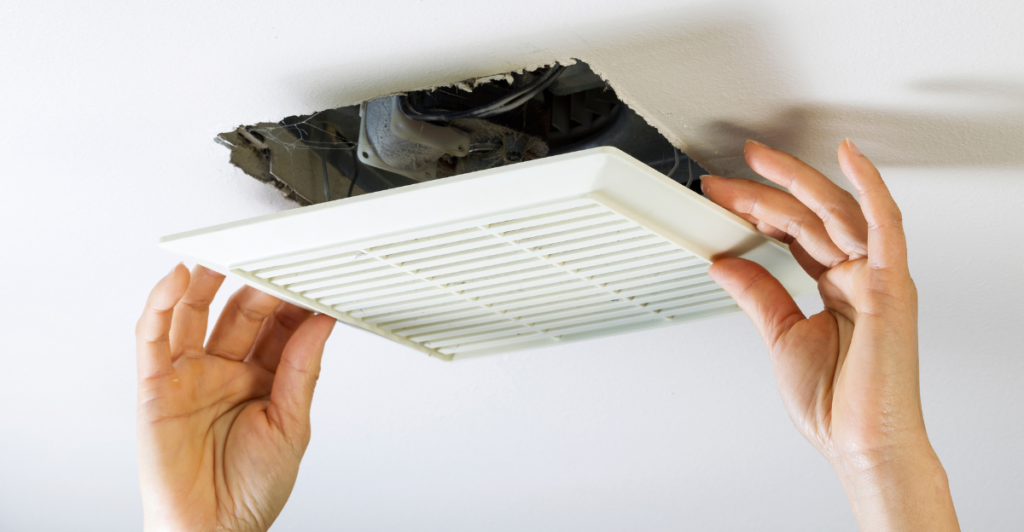
Bees aren’t just flying around—they’re looking for real estate. Eaves, vents, tiny wall openings, and that abandoned mailbox? Prime hive territory. Do a walk around and seal any gaps with caulk, weatherproof foam, or fine mesh.
Pay attention to sheds and garage,s too. Prevention is way easier than dealing with a full-blown bee colony in your ceiling. Already hearing buzzing indoors? Call a pro. Seriously. Don’t try to handle it with a broom and a dream. Respect the hive, but don’t let them move in.
Bee-Kind Boundaries
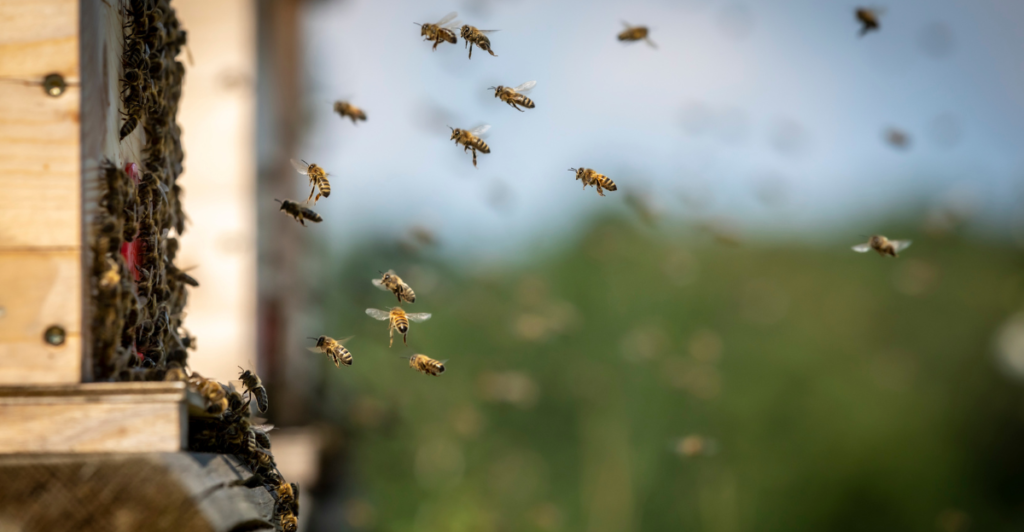
You can love bees and still want them to buzz off (politely). These natural, beekeeper-approved methods won’t hurt pollinators—they’ll just guide them elsewhere. From herb walls and essential oil sprays to vinegar mists and cinnamon spice lines, you’ve now got an entire toolbox of passive-aggressive yard tricks.
So go ahead, plan your patio brunch or garden party in peace. And if you find a hive or a persistent swarm? Don’t freak—call a local beekeeper. They’ll relocate it safely. Protect your space, protect the bees. That’s how we win both wars.
Explore more of our trending stories and hit Follow to keep them coming to your feed!

Don’t miss out on more stories like this! Hit the Follow button at the top of this article to stay updated with the latest news. Share your thoughts in the comments—we’d love to hear from you!







